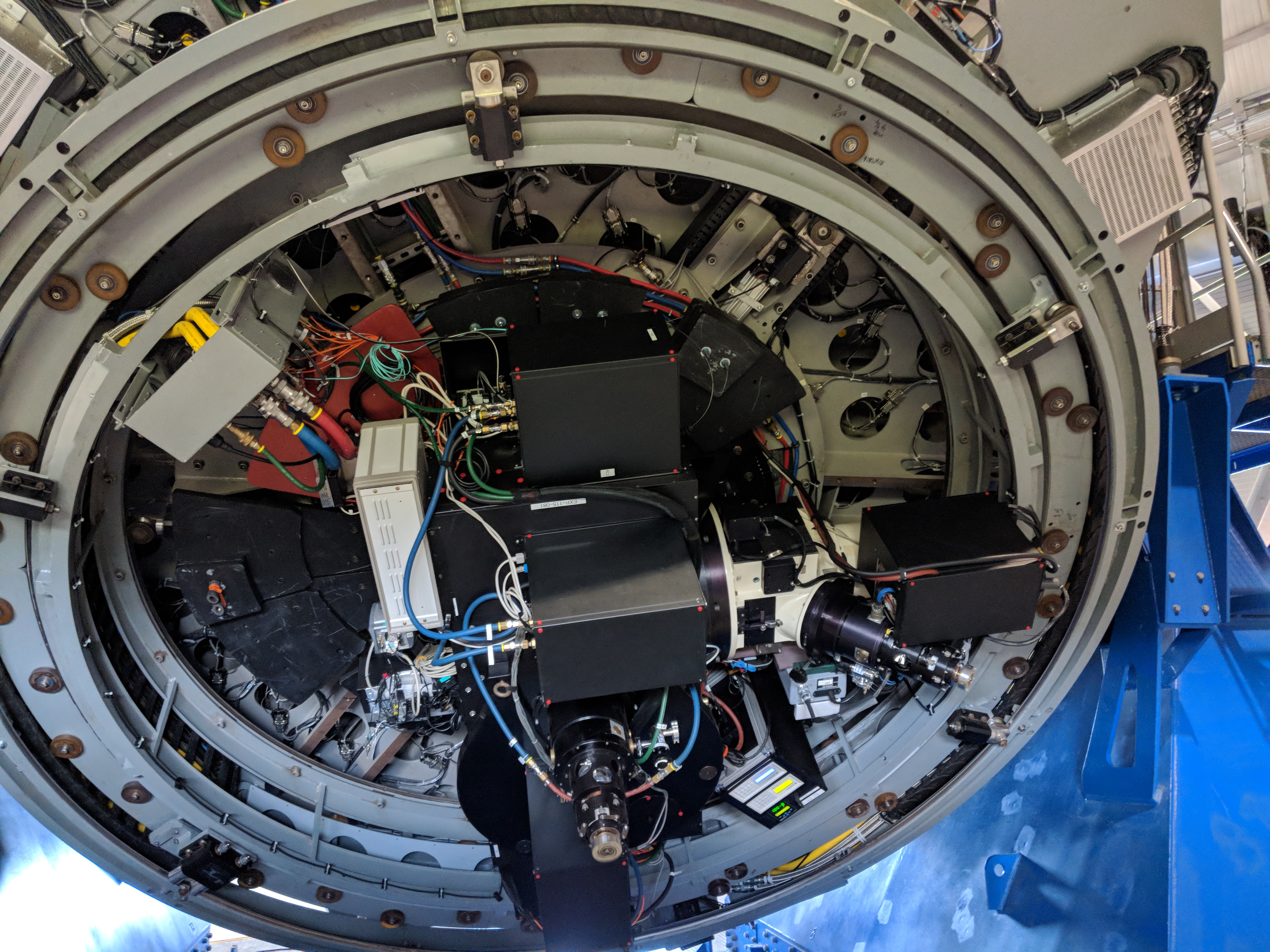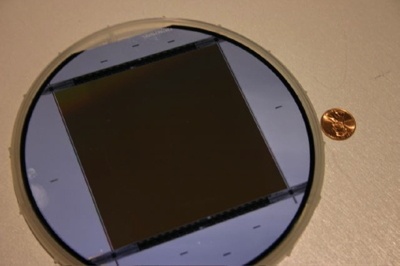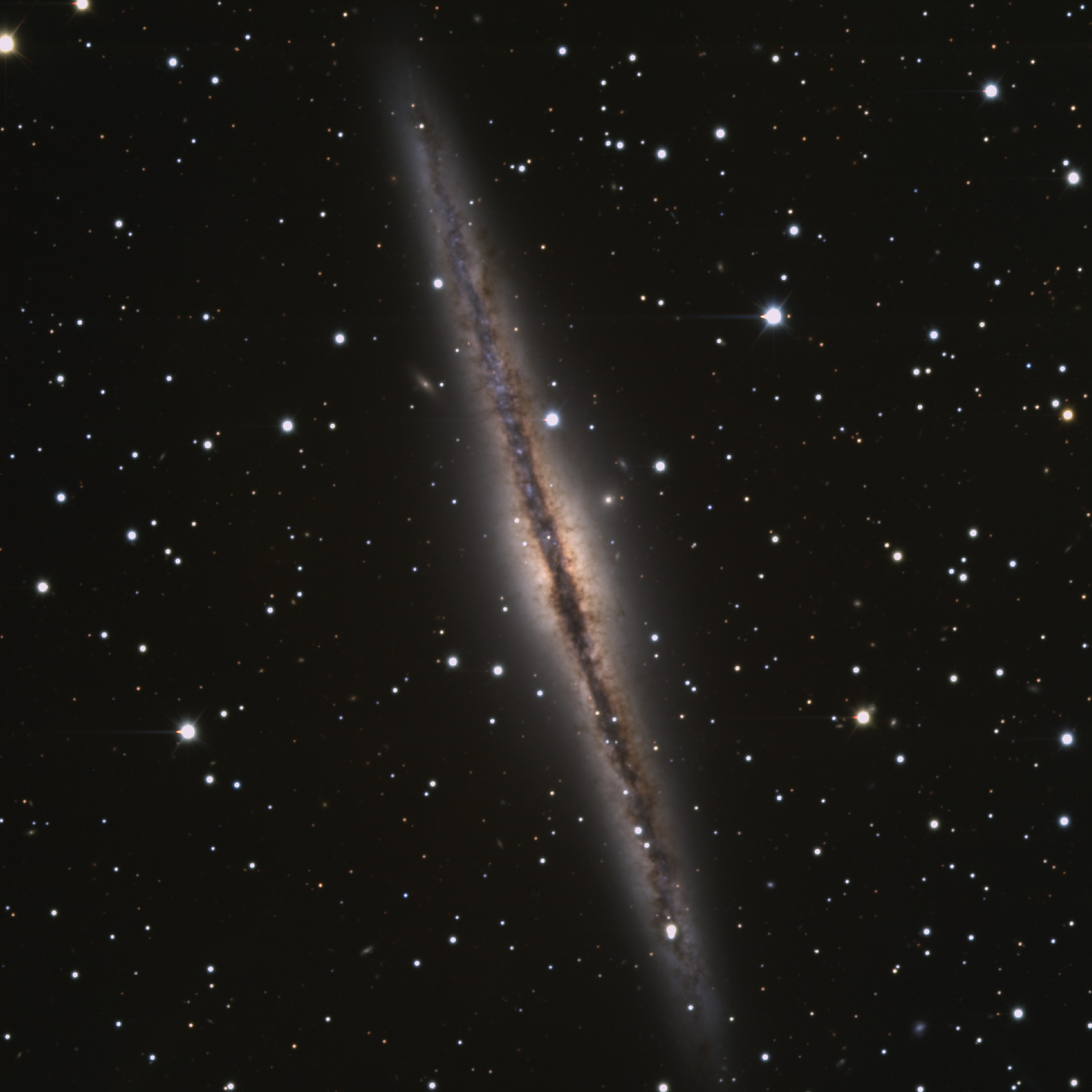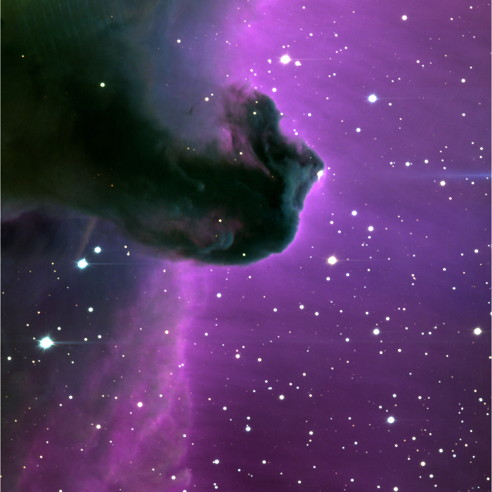Versions Compared
Key
- This line was added.
- This line was removed.
- Formatting was changed.
| Excerpt Include | ||||||
|---|---|---|---|---|---|---|
|
| Livesearch | ||||
|---|---|---|---|---|
|

LMI attached to the through port (bottom) of the instrument cube. (R. Hamilton)

Close-up of LMI attached to the through port of the instrument cube. The filter wheel assembly is just above the mounting flange. (R. Hamilton)

LMI CCD with penny for scale.

NGC 891 is an edge-on spiral galaxy. The exposure was unguided and consists of 10x 1-min exp in B, 5x 1-min exp in V, and 6x 1-min exp in R. This was the "first-light" image obtained with LMI on September 12, 2012. The field of view shown is 11.7' on a side. (Massey/Neugent/Dunham/Lowell Obs./NSF)

The Horsehead Nebula in the constellation of Orion. The color composite consists of 3x 2-min exp in B, 3x 2-min exp in V, and 3x 2-min exp in R. This was taken with the new science-grade CCD on March 6, 2013, in 1.2" seeing. (Massey/Neugent/Lowell Obs./NSF)
LDT Facility Instrument – Available Full-Time, Remote Available
Mounting Port: Instrument Cube – Through Port
Manual: LMI User Manual (20 December 202027 September 2023)
Additional Information: Exposure Time Calculator, Filter Information, LMI Shutter Delay
Instrument Scientist: Phil Massey (massey at lowell dot edu)
The Large Monolithic Imager (LMI) is the DCTLDT's workhorse camera, and contains the largest CCD that can be made using current manufacturing techniques. Covering a field of view 12.3' square, the CCD the CCD format is 6144x6150 pixels, each 15 15 µm square, with base pixel scale 0.120"/pixel. The instrument is typically operated binned 2x2 (0.24"/pixel), but the user may select the binning factor of their choice.
LMI's two filter wheels hold 17 filters (plus two open slots and a dark blank). Available filters are: Johnson-Cousins UBVRI, SDSS u'g'r'i'z', VR, HalphaOn, HalphaOff, OIII, Y-ish (a UKIDSS/WFCAM Y, extended in the red) filters, and three Wolf-Rayet emission line filters (WC, WN, and CT). A set of 11 narrow band comet filters is also available, but anyone wishing to use the filters should contact Dave Schleicher (dgs at lowell dot edu) first. The comet filters are 4" rounds, and will vignette the LMI field of view. Filter swaps will only be done during daytime hours to minimize risk. Users must specify their needed filters in their proposals to ensure the necessary filters are mounted for their observing run. Detailed filter information available here.
Instrument Quick Facts:
Detector: e2v CCD231-SN-10382-14-01: 6144x6160 15µm pixels (92.16 mm x 92.40 mm). (Spec sheet at http://www2.lowell.edu/users/massey/LMI/G5.pdf, although instrumental QE at short wavelengths is better than quoted.)
FOV: 12.3' x 12.3'
Pixel Scale: 0.12"/pixel (unbinned), 0.24"/pixel (binned 2x2)
Gain: 2.89 e-/ADU (amplifier A, but other amplifiers similar)
Read Noise: 2.1 ADUs, about 6.0 e- (amplifier A, others similar)
Normal Operating Temperature: -120ºC
One Bad Column: (1597 when binned 2x2). Bad pixel masks available here (no link yet).
Linearity: All 4 amplifiers are linear to <1.5% over the full data range.
Exposure Midtime: Actual mid-time of exposure=[(UTCSTART + 2.05 sec)+(UTCEND-0.19 sec)]/2. See write-up here.
Example Count Rates:
For an object U=B=V=R=I=20th at an airmass of 1.0, integrated over a stellar profile:
U: 70 e-/sec SDSS u': 130 e-/sec
B: 610 e-/sec SDSS g': 715 e-/sec
V: 595 e-/sec SDSS r': 690 e-/sec
R: 575 e-/sec SDSS i': 500 e-/sec
I: 410 e-/sec SDSS z': 310 e-/sec
VR: 890 e-/sec Y-ish 19 e-/sec
HON: 14 e-/sec HOFF: 65 e-/sec
OIII: 14 e-/sec WC,WN,CT: 32 e-/sec
Exposure Time Calculator: Available here.
Readout (plus prescan) Times:
Unbinned (1x1): 73 sec
Standard binning (2x2): 24 sec
Highly binned (4x4): 10 sec
Recommended settings:
Amplifier: A
Binning: 2x2
Overscan: 32